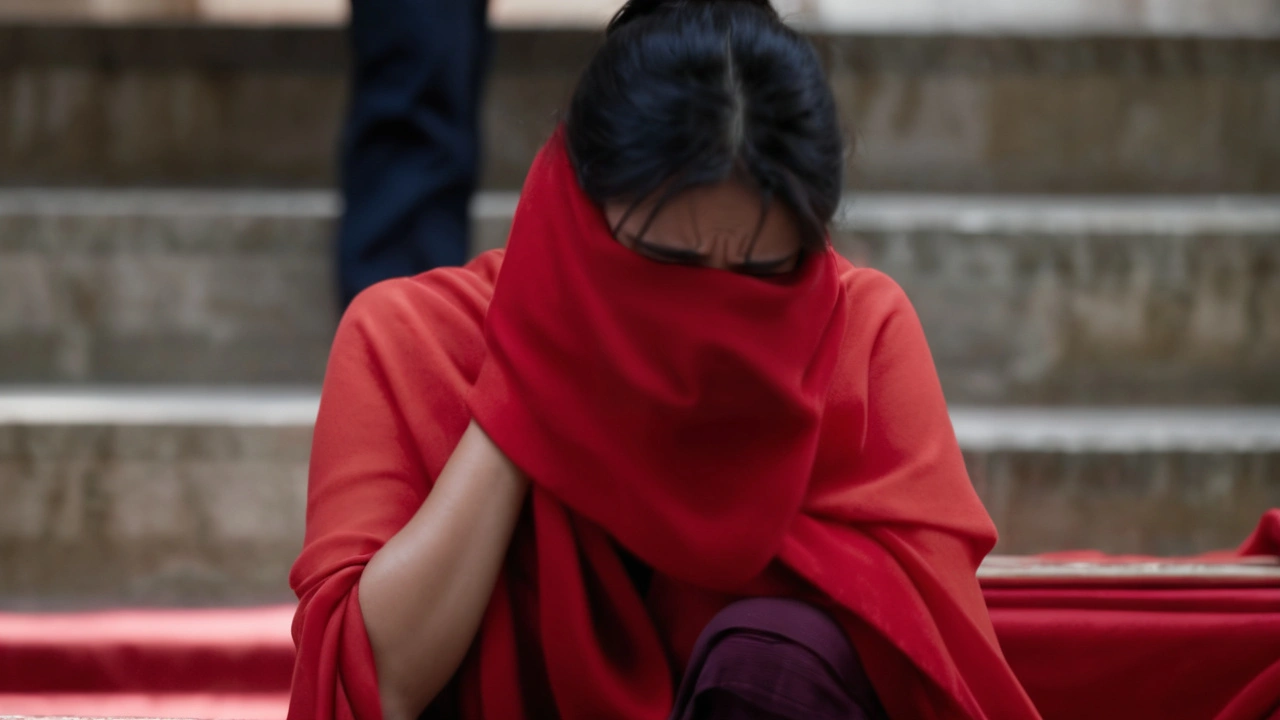Nepal Plane Crash Tragedy: Relatives of Victims Seek Accountability and Better Air Safety

In World
Relatives Demand Answers After Nepal Plane Crash Leaves 18 Dead
The recent plane crash in Nepal has ignited a firestorm of anger and grief among the families of the 18 victims. As they grieve the tragic loss of their loved ones, they are also demanding concrete answers and accountability from the airline and the authorities involved in investigating the incident. With the news leaving the nation in shock, the longstanding concerns regarding Nepal's air safety record have been thrown into sharp relief once again.
On the ill-fated day, the passengers aboard the aircraft had little idea that the journey would end in disaster. Among them were families, tourists, and individuals who had trusted the airline to ensure their safe passage. The wreckage now stands as a grim reminder of the fragile nature of air travel, particularly in regions with challenging terrains like Nepal. For the bereaved relatives, the prevailing chaos and lack of information are sources of immense frustration. They hold vigils and gather in public spaces, their eyes filled with anguish as they await any crumb of news regarding what went wrong.
Nepal’s Troubling Air Safety Record
Plane crashes in Nepal are not new. The country has a notoriously poor air safety record. Since the year 2000, almost 360 individuals have lost their lives in various plane and helicopter accidents across Nepal. These alarming statistics paint a somber picture of the aviation sector in the country. The latest crash has only intensified scrutiny over what many perceive as systemic issues within Nepal's aviation oversight and infrastructure. Critics argue that despite repeated tragedies, efforts to overhaul safety measures have been insufficient.
The rural and mountainous geography of Nepal is often cited as a contributing factor to the frequency of air accidents. The challenging landscapes and unpredictable weather patterns make flying inherently riskier. However, experts also underline that other factors such as insufficient pilot training, outdated aircraft, and poorly-maintained facilities play significant roles in perpetuating these dangers. The heartbreak felt by families of the victims is, therefore, compounded by a recurring sense of déjà vu. Many are left questioning why, despite the lessons that should have been learned from past incidents, avoidable mistakes continue to be made.
Government Response and Investigation
In response to the crash, the government has established a special investigation panel tasked with uncovering the causes of this latest disaster. The panel is expected to deliver a comprehensive report within 45 days. There is immense pressure on the investigators to not only identify the technical and human errors that led to the crash but also to recommend actionable steps to prevent future occurrences. The victims’ families are clear in their demand - they need transparency, accountability, and most importantly, meaningful changes in air safety protocols.
This investigatory period is a crucial one for both the public and the authorities. It is a time for introspection and honest appraisal of what has gone wrong. There are hopes that, for once, the findings will lead to tangible improvements. Nonetheless, the skepticism remains high among many families and industry watchers, who have seen numerous such panels set up and disbanded with little change on the ground.
Past Crashes: A Grim Reminder
Nepal's aviation history is littered with instances of tragic accidents. The most devastating of these occurred in 1992 when a plane crash claimed the lives of 167 people, marking the worst air disaster in the country's history. Unfortunately, the years since have seen little respite, with smaller-scale crashes continuing to plague the nation's skies. The recurrence of such events has fostered a culture of fear and mistrust among the flying public. Many travelers approach Nepal’s airports with trepidation, aware that the safety mechanisms in place might not be robust enough to guarantee their security.
It is this very culture of fear that the victims’ relatives hope to see dismantled. They envision a future where flying in Nepal does not entail a gamble with life, where each aircraft is maintained to the highest standards, and where every pilot is equipped with the training necessary to handle the unpredictable conditions they might encounter. This vision is not just about preventing future losses but also about honoring the memories of those who have perished in these avoidable tragedies.
The Ripple Effect of Tragedy
The impact of the plane crash extends far beyond the immediate circle of the victims' families. In a tight-knit community like Nepal, the mourning period draws in friends, colleagues, and even strangers who are moved by the plight of those affected. Public memorials and ceremonies serve as collective expressions of grief and solidarity but also as platforms for voicing anger and demanding change. The media’s role in this has been pivotal, with continuous coverage ensuring that the incident remains in the national consciousness and pressures the authorities to act.
In schools, workplaces, and homes, conversations about air safety have become commonplace. People share their fears and frustrations, but also their hopes for a safer future. There is a palpable sense of urgency, a communal call for the end of the status quo and the beginning of a new era of accountability and safety reforms.
Conclusion
As the investigation into the Nepal plane crash progresses, the families of the victims remain resolute in their quest for answers. Their demands are clear: they seek transparency, accountability, and substantial improvements in the nation's air safety standards. The crash has once again highlighted the critical need for systemic changes within Nepal's aviation sector. With the eyes of the nation watching closely, there is an opportunity for the government and the airline industry to take decisive action and ensure that such tragedies become a thing of the past. Only then can the trust of the flying public be genuinely restored.
Write a comment